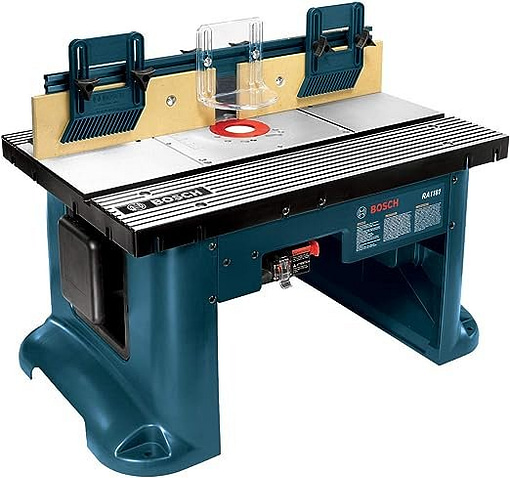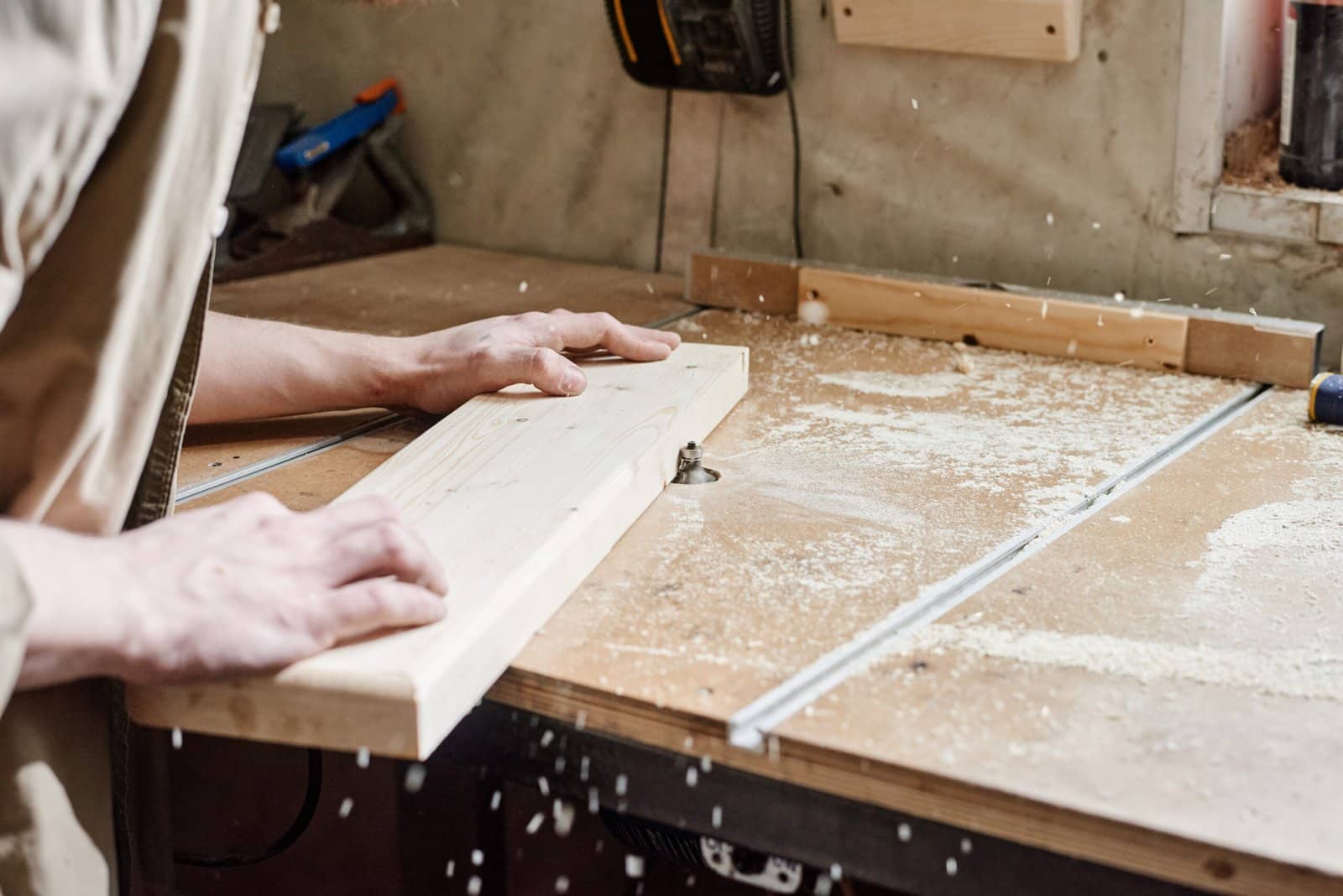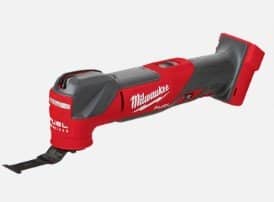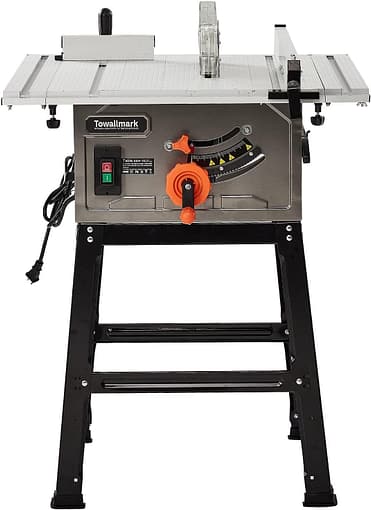Are you a woodworking enthusiast looking to take your craftsmanship to the next level? If so, you may be considering investing in a router table. But before you dive in, it’s important to know which popular woodworking routers are compatible with this essential tool. In this article, we will explore the top router models that can seamlessly be used in a router table, helping you make an informed decision for your woodworking needs. Whether you’re a seasoned pro or just starting out, this guide will help you find the perfect router for your woodworking projects.
Router Table Basics
A router table is a stationary woodworking tool that is specifically designed to hold a router securely in place. It provides a stable work surface and allows you to use the router with precision and ease. Whether you are a professional woodworker or a hobbyist, a router table can be a valuable addition to your workshop.
What is a router table?
A router table consists of a flat table-like surface, often made of durable materials such as cast iron or aluminum, on which the router is mounted. The router is typically positioned vertically, with its bit extending through a hole in the table. This setup allows you to guide the wood over the router bit, creating precise cuts and shaping edges.
Advantages of using a router table
Using a router table offers several advantages over using a handheld router. First and foremost, it provides stability and control, allowing you to make more accurate cuts. The stationary nature of the router table also frees up your hands, making it easier to guide the wood and focus on the shaping process.
Additionally, a router table often comes with accessories such as fence systems and dust collection options, which can further enhance your woodworking experience. These accessories help in achieving consistent cuts, improve safety, and keep your working area clean and dust-free.
Considerations before using a router table
Before using a router table, it is important to consider certain factors. Firstly, router table compatibility with your woodworking router is crucial. Not all routers are designed to be used with router tables, so it is essential to check the compatibility of your router before purchasing a router table.
Another consideration is the size of the router base plate. The base plate should fit snugly into the router table’s mounting plate or insert. The size of the base plate can vary between routers, so it is important to ensure proper fitment.
Lastly, mounting options for routers should be taken into account. Router tables typically offer various mounting options, such as a fixed base or a plunge base. Depending on the type of router you have, you need to ensure that the router table can accommodate the mounting option you prefer.
Compatibility of Woodworking Routers
When it comes to using a router table, understanding the compatibility of various woodworking routers is essential. Ensuring that your router is compatible with the router table will ensure smooth and efficient woodworking.
Understanding router compatibility with router tables
Not all woodworking routers are designed to be used in router tables. Some routers may lack the necessary features or stability required for table-mounted operations. It is important to choose a router that is explicitly designed or recommended for use with router tables.
Router base plate size requirements
The base plate of the router plays a crucial role in the compatibility with a router table. Different routers may have varying base plate sizes, and it is important to ensure that your router’s base plate fits properly into the mounting plate or insert of the router table. This ensures stability and avoids any unnecessary movement during operation.
Mounting options for routers
Routers can have different mounting options, such as fixed bases or plunge bases. When choosing a router for your router table, it is important to consider the mounting option that best suits your woodworking needs. Ensure that the router table you choose can accommodate the specific mounting option of your router.
Top Woodworking Routers for Router Tables
Choosing the right router for your router table is crucial for achieving excellent woodworking results. Here are three top woodworking routers that are highly compatible with router tables:
These routers are just a few examples of the many options available in the market. It is important to consider your specific woodworking needs and budget when choosing a router for your router table.
Features to Consider in a Woodworking Router
When selecting a woodworking router for your router table, it is important to consider various features that contribute to the router’s overall performance and usability. Here are some key features to keep in mind:
Variable speed control
Having a router with variable speed control allows you to adjust the cutting speed to suit different types of wood and cuts. This feature is especially useful when working with different densities of wood or when creating intricate designs that require precise control.
Collet size
The collet size refers to the size of the opening that holds the router bit in place. It is important to choose a router with a collet size that accommodates a wide range of router bits. This ensures versatility in your woodworking projects and allows you to use various bits for different cutting and shaping requirements.
Power rating
The power rating of a router determines its cutting capabilities and the ease with which it can handle different types of wood. Higher power ratings generally result in smoother cuts and increased efficiency. However, it is important to balance the power rating with the size and weight of the router, as excessively powerful routers may be difficult to handle on a router table.
Consider these features when selecting a woodworking router, as they play a significant role in the router’s performance and suitability for table-mounted operations.
Router Table Setups and Accessories
To make the most of your router table, it is important to choose the right setup and consider the accessories that can enhance your woodworking experience. Here are some key aspects to keep in mind:
Choosing the right router table setup
Router table setups can vary depending on the specific woodworking tasks you plan to tackle. Some router tables come with built-in accessory compatibility, allowing you to easily add accessories such as fence systems and dust collection options. It is important to choose a router table setup that aligns with your woodworking goals and provides the flexibility to upgrade and add accessories as needed.
Fence systems for router tables
Fence systems are crucial accessories for router tables as they provide stability and ensure straight and accurate cuts. Look for router tables that offer adjustable fence systems that allow you to set precise measurements and guide the wood with ease. A well-designed fence system enhances the versatility and functionality of your router table.
Dust collection options
Woodworking can create a significant amount of dust and debris, which can impact visibility and potentially pose health risks. Opting for a router table that offers dust collection options, such as dust ports or dust collection bags, can help in keeping your working area clean and free from debris. A dust collection system improves safety and maintains a clean and healthy woodworking environment.
Considering these router table setups and accessories will allow you to maximize the efficiency and versatility of your woodworking projects.
Router Table Safety Tips
While working with a router table, it is essential to prioritize safety to prevent accidents and injuries. Here are some safety tips to keep in mind:
Wearing eye and ear protection
Woodworking can generate wood chips, dust, and noise. It is important to wear safety goggles or a face shield to protect your eyes from flying debris. Additionally, use ear protection, such as earmuffs or earplugs, to reduce the risk of hearing damage caused by the loud noise produced by the router.
Securing the workpiece
Always ensure that the workpiece is securely fastened or clamped to the router table before operating the router. This prevents the wood from moving or shifting during cutting, reducing the risk of accidents and ensuring accurate results.
Proper use of router table guards
Many router tables come with guards or shields that are designed to protect your hands and fingers from the spinning router bit. It is important to use these guards according to the manufacturer’s instructions and ensure they are properly positioned and securely attached. Using router table guards enhances safety and minimizes the risk of accidental contact with the router bit.
By following these safety tips, you can create a safe working environment and minimize the risks associated with using a router table.
Router Table Maintenance and Troubleshooting
To ensure optimal performance and longevity of your router table, regular maintenance and troubleshooting are necessary. Here are some key aspects to consider:
Keeping the table clean and lubricated
It is important to keep the router table clean and free from dust and debris. Regularly remove any buildup using a vacuum or a brush to prevent interference with the moving parts of the router table. Additionally, lubricate the moving parts, such as the fence system and height adjustment mechanisms, as recommended by the manufacturer to ensure smooth operation.
Replacing worn router bits
Router bits can wear down over time, resulting in poor cutting performance and potentially unsafe conditions. Regularly inspect the router bits and replace any worn or damaged bits. It is important to use high-quality router bits and properly store them when not in use to prolong their lifespan.
Common router table issues and troubleshooting
Router tables may encounter issues such as inaccurate cuts, motor overheating, or difficulty in adjusting the height. In such cases, consult the manufacturer’s manual for troubleshooting tips or contact their customer support for assistance. It is important to address any issues promptly to prevent further damage and ensure the safety and functionality of your router table.
By maintaining and troubleshooting your router table, you can prolong its lifespan and ensure the best possible woodworking experience.
Router Table vs. Handheld Router
Deciding between a router table and a handheld router depends on your woodworking needs and preferences. Here is a comparison to help you make an informed decision:

Pros and cons of using a router table
A router table offers stability, control, and precision when using a router. It allows for accurate and repeatable cuts, making it ideal for tasks that require precision and consistency. However, a router table takes up a significant amount of space in the workshop, and it may not be as portable as a handheld router. Additionally, setup and adjustments can be more time-consuming compared to a handheld router.
Applications suited for handheld routers
Handheld routers are ideal for tasks that require mobility and versatility. They are easier to maneuver and can be used on various surfaces, such as edges and curves. Handheld routers are excellent for tasks such as rounding edges, making cutouts, and creating intricate designs. They are also more portable and take up less space, making them suitable for smaller workshops or jobsites.
Precision and efficiency comparison
In terms of precision, the stability and control provided by a router table often result in more accurate cuts compared to a handheld router. A router table allows for repeatable cuts with consistent results. However, handheld routers offer more flexibility and can be used in a wide range of applications, making them efficient for certain tasks that require mobility and versatility.
Consider your specific woodworking needs, available workspace, and desired level of precision to determine whether a router table or a handheld router is more suitable for you.
Usage Examples and Project Ideas
Router tables are incredibly versatile tools that can be used for various woodworking projects. Here are some usage examples and project ideas to inspire your woodworking creativity:
Creating decorative edges
One of the primary uses of a router table is to create decorative edges on wood pieces. With the stability and precision offered by a router table, you can easily create beautiful and intricate edge profiles. Whether you want a simple roundover edge or a more complex cove or ogee profile, a router table provides the control and accuracy required for professional-looking results.
Making dados and grooves
Router tables excel at making dados and grooves in wood pieces. These channels are commonly used for joinery or to create recesses for shelves, panels, or drawer bottoms. With the ability to set precise measurements and control the depth of cut, a router table allows for consistently accurate dados and grooves.
Craftsmanship examples with router tables
Router tables are indispensable tools for crafting intricate wood joints, such as dovetails and box joints. The stability and control provided by a router table enable you to achieve tight-fitting and visually appealing joints. Additionally, router tables can be used for inlay work, mortise and tenon joints, and even creating raised panels.
The possibilities are endless when it comes to woodworking projects with a router table. Let your creativity flow, and explore the many ways you can incorporate a router table into your woodworking endeavors.
Conclusion
Router tables are valuable tools that offer stability, control, and versatility in woodworking. By understanding the basics, considering compatibility, and selecting the right router and accessories, you can enhance your woodworking experience and achieve precise and professional results. Remember to prioritize safety, perform regular maintenance, and troubleshoot any issues to keep your router table in optimal condition. Whether you choose a router table or a handheld router, both tools have their unique advantages and can be used for various woodworking projects. Whether you are a beginner or an experienced woodworker, a router table opens up a world of possibilities for craftsmanship and creativity. So go ahead, explore the endless possibilities of woodworking with a router table, and let your imagination take shape.
Our Top Choice Router for use in a Router Table











